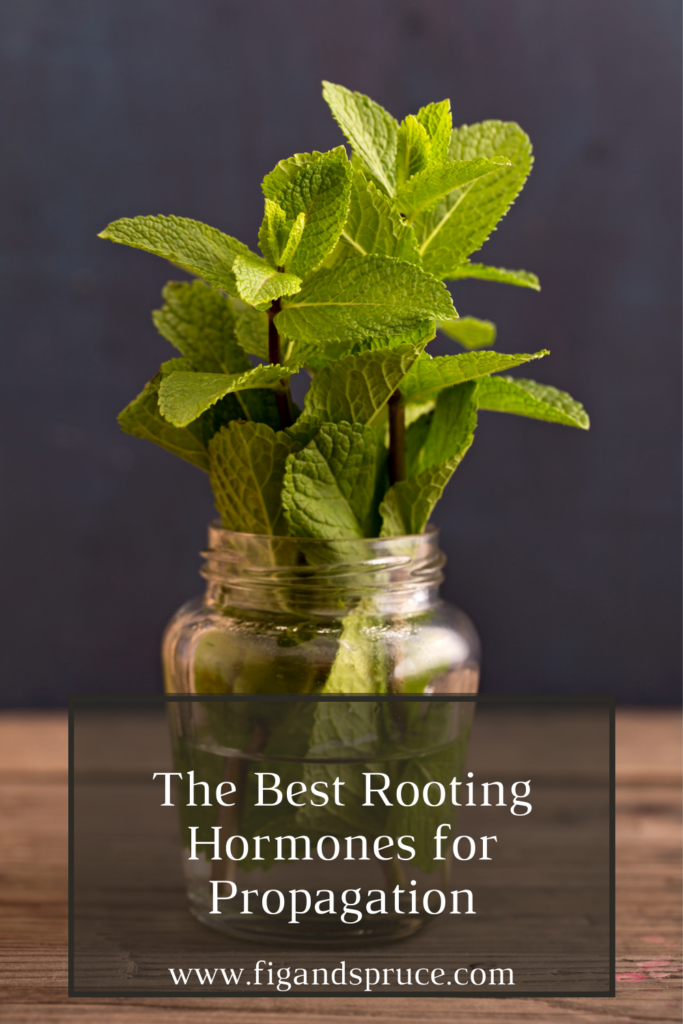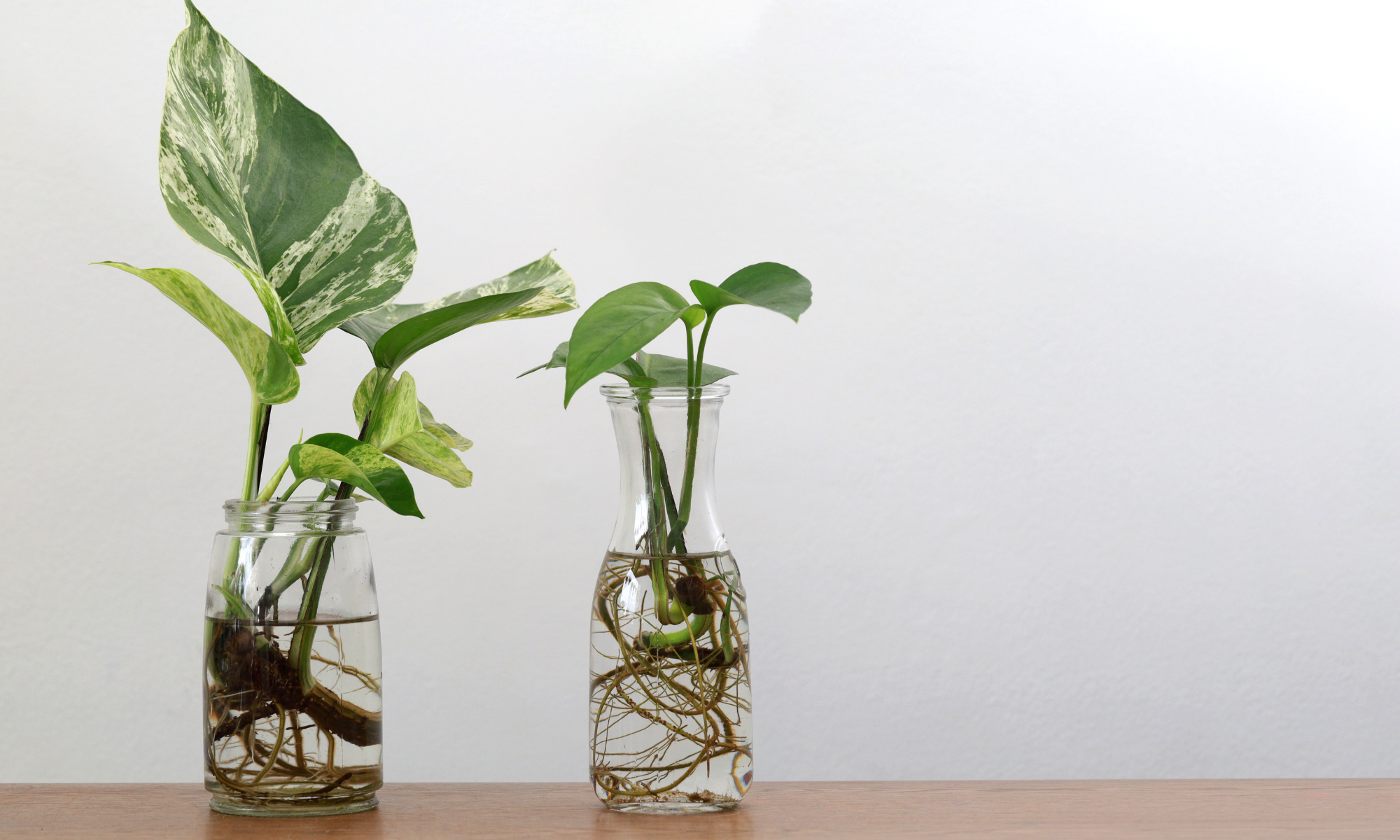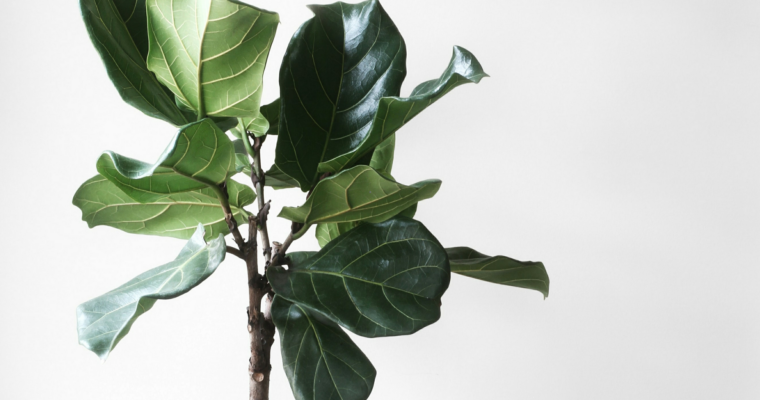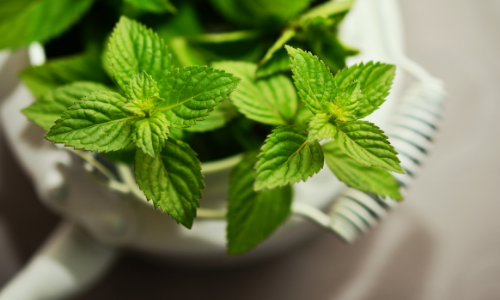Propagating plants is a new trend emerging in the gardening industry. Propagating is essentially taking cuttings from your plant and placing them in a rooting hormone to help them root and create a new plant.
We love propagating, because its a way for you to expand your indoor plant garden without having to buy more! Its also a fun activity to pass time, which is exactly what we need while in a pandemic.
Today, we’re covering the best rooting hormone options to use when propagating plants, what factors to consider when selecting a rooting hormone, and how to use it to propagate plant cuttings.
Table of Contents
What is a Rooting Hormone?
A rooting hormone is a solution (either powder or liquid) that stimulates roots to grow from a plant. Using a rooting hormone will help increase the chance of success when attempting to propagate your plant cuttings.
Best Rooting Hormones of 2021
Best Overall Option: HydroDynamics Clonex Rooting Gel

With over 7,000 reviews and a 4.6 star average rating, the Hydrodynamix Clonex rooting gel is our number one overall pick for a rooting hormone to propagate with.
This solution is a mix between a liquid and a powder. Its gel formula adheres to roots, ensuring that your plant cuttings get maximum exposure to the solution and therefore the most effective results. Gels are easier for beginners to use than powders or liquids generally because of how easily they adhere.
Their formula is also full of nutrients and able to be used on all types of cuttings. From succulents, to flowers, Clonex’s rooting hormone will be able to cover it all.
Runner Up: Miracle Gro Rooting Powder

Miracle Gro is well known in the gardening industry for a variety of products. Their rooting hormone, similar to Clonex’s gel is highly reviewed on amazon with over 8,000 reviews and an average of 4.4 stars out of 5.
This rooting hormone is a powder, which adheres well to root cuttings compared to a pure liquid. Reviewers note quick results and frequent root sprouting from using this powder in propagating. Another perk of this solution is its more affordable at nearly half the prices of the Clonex solution.
This rooting hormone has a lower concentration than some other solutions. It should only be used for “house, foliage, tropical and hardy ornamental plants” according to its Amazon product page.
Best Premium Option: Hormex Rooting Powder

Hormex’s rooting powder is a unique option compared to others for one main reason. Its available in different levels of concentrations, and therefore you can select exactly what level of strength you need for the plant you’re trying to propogate.
The downside with Hormex’s rooting powder is that because of the specific levels of strength, you cant use each level for any plant. This is true of some other rooting powders too – not every solution is a “one size fits all”. But it is something to consider when comparing this to CloneX’s gel solution.
Another downside if the volume of powder that you get for the price. If you’re casually propagating it will still probably take you a while to use all of any rooting powder because a little goes a long way. However, if you’re propagating frequently and know you’ll be using a lot, it may be worth considering if the value for the volume of this solution is worth it.
Best Liquid Option: Hormex Rooting hormone Concentrate

If you’re looking for a liquid rooting hormone option, Hormex’s Rooting Hormone Concentrate is our top pick. With liquid solutions, you’ll have to dilute the concentration before using, which adds an extra step. However, this factor gives you more flexibility when propagating to adjust the concentration level to your plant’s specific needs.
While a liquid solution is not the most beginner friendly option, if you’re pretty familiar with propagating or have used a rooting hormone before then liquid could be a better option for you.
This concentration from Hormex is highly reviewed and a little goes a long way, so the purchase of one container will last a long time.
How to Use Rooting Hormones
Using a rooting hormone is fairly simple when propagating plant. Normally in propagation, you take the plant cuttings you want to use and place them in water.
When using a rooting hormone, there’s really only one additional step. If you’re using a liquid rooting hormone, you’ll need to dilute your concentration to the appropriate level for your plant (instructions should be included with your choice of concentration). You can then place your plant cuttings directly into the water.
If using a gel or powder solution, you can take the plant cuttings and dip the cut end of the plant into the powder or gel rooting hormone, and then place in water.
The speed that you see results will depend on the plant you’re propagating and the solution your using. However, a general rule of thumb is that you’ll start to see roots form within 1-2 weeks when using a rooting hormone.
Factors to Consider When Selecting a Rooting Hormone
Powder Vs. Liquid – and what about gels?
There’s two main solutions of rooting hormones – liquids and powders, and each one has its pro’s and cons.
The biggest pro to a powder, and why we recommend using it over pure liquids when you’re a beginner, is that it adheres to the plant cutting much easier than a liquid does.
The biggest pro to a liquid is that its much easier to find varying levels of concentration (and control the concentration with dilution) than it is with powders.
You may have noticed that our first recommendation is a gel solution. Gel solutions are a good hybrid between powders and liquids. It has the benefits of a powder in that it adheres well to cuttings, and the benefits of a liquid in that you can find varying levels of concentrations. This is our top pick for beginner friendly solutions.
Frequently Asked Questions
Lets go over a few frequently asked questions around propagating plants.
Do I need to Use a Rooting Hormone?
Its not essential, but it will increase your likelihood of success. The ease of propagating depends on what type of plant you’re using, as some are much more willing to root quickly than others. Rooting hormones can help increase the likelihood that you’ll see roots form from your cuttings.
Additionally, propagating plants can be a lengthy process. Trying to propagate a plant without a rooting hormone can take weeks, sometimes months for the plants to grow roots long enough to plant in soil.
Rooting hormones can help speed up the process of propagating. We’ve seen results that often cut the time needed in half.
When should I move my plants from propagating to soil?
One of the most common questions we get around propagating is how do I know when to move the cuttings from a jar in water to soil?
A good rule of thumb is once the plant’s roots have reached 1 inch to 1.5 inches, they’re ready to move to soil.
You can keep them in water much longer than that though. They’ll continue to live in water well after their roots reach this length.
When moving your plants to soil, we recommend placing a base layer of perlite or coco peat (also called coco coir) before a small layer of soil. This will help ensure that your plant gets the right amount of drainage.
Another option for moving a propagated plant from water to its new planter is to use leca as a growing medium.
Leca, which stands for lightweight expanded clay aggregate, is a growing medium made up of marble sized clay balls that soak up water and allow plants to pull water as they need it.
Leca can be an easier transition for a propagated plant than soil sometimes.
We like this brand of leca, but there are multiple options available online. A full comparison is done here of different leca brands available.





